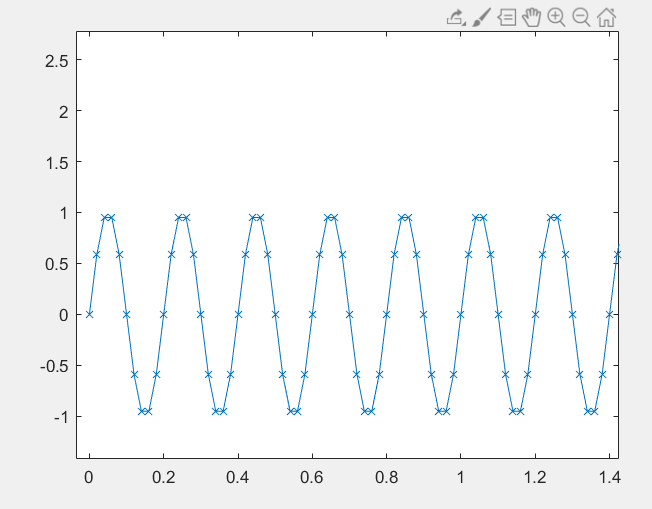Your x-axis is apparently varying between plots. And Matlab plots joining lines between discrete points are misleading. So, here is an other version, with more sampling times:

The Nyquist-etc sampling theorem tells you (somehow) that if you don't have at least two samples per period, you are likely to loose most of the signal's information. Until $0.095$ sampling, although you seem to sometimes loose on dynamics, you still have theoretical hope (if the discrete signal were infinite, etc.) that you can recover the continuous data. Yet, as the sampling time increases, it become more difficult to imagine the red signal from the black crosses. And indeed, as time sampling reaches $1/(2*5)$ (the $5$ as in $\sin(2 \pi 5 t)$), almost all is lost, as you can see from the unscaled graphs, very close to zero for the last one:






